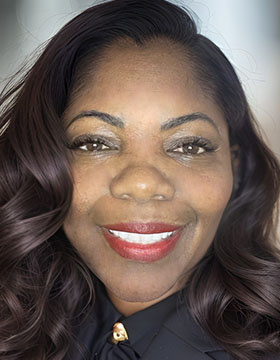Diversity has become a buzzword in the workplace and generally refers to recruiting and retaining employees that are representative of the population. For most companies, this involves an intentional effort to employ people from the Title IX protected classes[1]—people who reflect a variety of ethnicities, religions, genders, sexual orientations, disabilities, and/or national origins. Certainly, many companies can now boast of having a more diverse workforce and its benefits—but what does that really mean? Does presence really mean progress?
For businesses that have embraced diversity as one of their goals, it is important for them to ensure that diversity is not a solo act but one that is accompanied by multiple actions of inclusion within the business itself. Too often, diversity is mistaken for inclusion in the workplace.
“Diversity is the awareness that there are differences in the experiences, perspectives, and backgrounds that each individual brings to the classroom and workplace. Inclusion is the active process of making sure that all individuals feel that they are welcome and are part of the culture of inclusivity that we aim to create for all,” says Blair Hayes, the vice president and chief diversity officer at University of Maryland Global Campus. “Inclusivity is how we show that the diversity among us all is valued and important.”
Equal access to opportunities and resources can be reflected in diversity in leadership representation, in opportunities for advancement, and in employee relations. However, according to a 2020 report[2] less than a third of employees felt that they worked in an inclusive workplace based on the factors of equality, openness, and belonging.
So how do businesses avoid the pitfall of diversity without inclusion? Inclusion in a diverse workplace should reflect an environment that fosters community across all employees. This can be achieved through identifying and addressing microaggressions, conducting bias training, creating safe spaces, planning and measuring workplace inclusivity, and having transparent policies and practices. Such efforts must often begin with leadership. Diversity goals are a valiant first step toward creating workplaces that can leverage the talents of all its employees. Yet to truly make meaningful changes to the company’s culture, businesses must go beyond the first step and make a conscious effort to ensure that the system and culture of their workplace is one of equal opportunity, open conversation, and mutual respect.
“The best way to practice diversity, equity, and inclusion is to make sure that it is embedded in all aspects of the business. It cannot solely come from the Diversity Office. There needs to be an awareness of how the contributions of everyone should contribute to the DEI goals and objectives,” says Hayes. “It is also imperative that there is a solid foundation on which to build DEI programs and initiatives to ensure that there can be lasting success, not just short-term projects that are fleeting.”
“There has to be a clear plan with milestones and a pathway to what success looks like. This helps to chart the direction of DEI,” says Hayes. “It also ensures that everyone knows what the expectations are for the organization and for every individual.”
University of Maryland Global Campus (UMGC) works to reflect the diversity of the global community. The UMGC diversity, equity, and inclusion strategic plan seeks to broaden and strengthen the university’s commitment to diversity, equity, and inclusion across every facet of the institution. UMGC President Gregory Fowler, PhD, has stated “We are truly stronger together, and we are best equipped to navigate a world marked by increasingly complex challenges when we embrace and leverage the strengths and viewpoints of every stakeholder.” Find out more about diversity at UMGC and the educational opportunities that await you.
1 U.S. Equal Employment Opportunity Commission. (n.d.). Who is protected from employment discrimination?
2 Dixon-Fyle, S., Dolan, K., Hunt, V., & Prince, S. (2020, May 19). Diversity wins: How inclusion matters. McKinsey & Company.
Reference on this webpage to any third-party entity or product does not constitute or imply endorsement by UMGC nor does it constitute or imply endorsement of UMGC by the third party.



